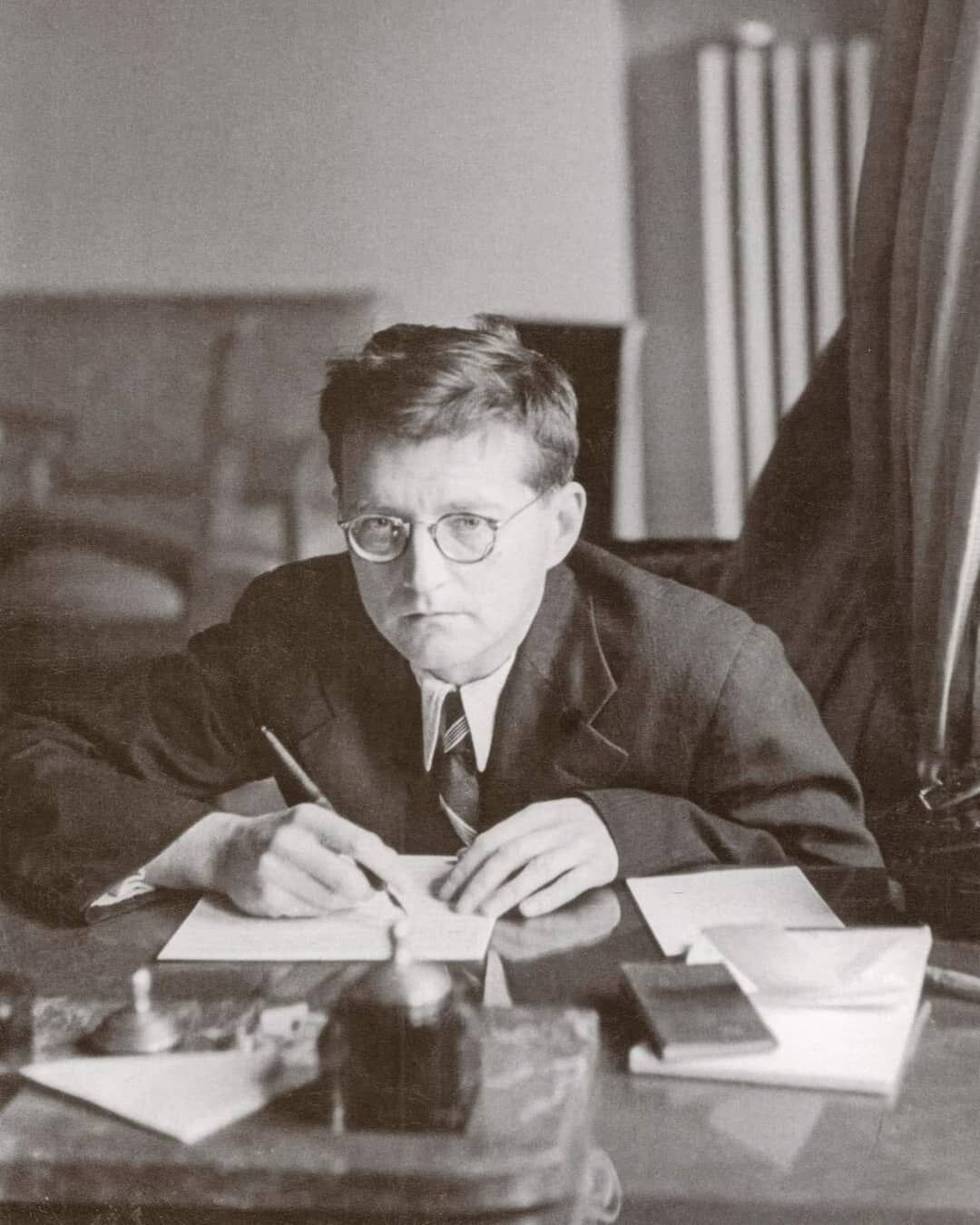Composer Cindy McTee says hello!
We’ll be performing her Adagio for String Orchestra on our March 25 & 28 televised concerts on WQLN PBS.
Cindy McTee
Greetings from St. Louis where I remain at home with my husband, looking forward to the day when we can all experience live performances, without restrictions, in a concert hall. In the meantime, forward-thinking musicians, board members, and administrators continue to find creative ways to present music, and I would like to thank the Erie Philharmonic for doing just that.
I thought I would begin with a few comments about my creative process. Where does music come from? What provides the initial inspiration? Does a lightning bolt strike? For me, ideas generally come gradually. Sometimes I begin by conceptualizing the larger aspects of form and content. Then I work in layers to create the infrastructure. But most often I compose more organically, starting with what I call germ seeds or sound objects—a single sonority or a sequence of short melodic/rhythmic events. And then I “encourage” the larger gestures and textures to evolve out of these materials.
I should also say that the impulse to compose often begins as a rhythmical stirring and leads to a physical response—tensing muscles, gesturing with hands and arms, or quite literally, dancing. It might have been Stravinsky who said that “music either sings or dances.” Some of my pieces (for example, my Adagio) focus on singing lyricism and free, elongated melodic lines, while others rely more heavily on pulse and shorter, tightly controlled rhythmic ideas often closely associated with jazz.
We all relate to music in various ways—intellectually, emotionally, spiritually, and physically—mind, heart, soul, and body. About seven years of ballroom dance lessons in the ’90s helped me to get in touch with the physical aspects of music—breath, tension, and release—and “tap” into my intuition to connect musical time and space in ways I could not have imagined otherwise.
Although I have never made a conscious attempt to create “American” music, I would have to agree with those who have said that my music generally reflects my American roots more than my European-based training. Charles Ward of the Houston Chronicle helped me to understand this in a review of my Circuits:
Circuits . . . was a charging, churning celebration of the musical and cultural energy of modern-day America. From repetitive ideas reminiscent of Steve Reich to walking bass lines straight from jazz, Circuits refracted important American musical styles of this century. Similarly, the kaleidoscope of melodies, musical “licks” and fragmented form aptly illustrated the electric, almost convulsive nature of American society near the start of the 21st century.
My Adagio, however, represents another “Americanism” having to do with the presentation of diverse, even conflicting, musical materials in the same piece—something I attribute to Charles Ives. For example, in the opening of this work, one hears a dissonant, atonal, tension-filled counterpoint of melodies that eventually give way later on in the piece to harmonic consonance.
As a composer, I came of age in the ’70s, a time of turning on both political and artistic fronts. I experienced crossing the Berlin Wall and living behind it as a student in Poland. Soon after, I broke away from my modernist training to a place somewhere in between it and the world I had known as a kid—jazz, Gershwin, and (from my dad's collection of recordings) turn-of-the-century romantic composers like Respighi, Rachmaninoff, and Sibelius.
I consider myself lucky to have composed during a time when anything is possible and composers can speak in multiple languages if they want to, sometimes in the same piece. I would like my music to communicate an integrated and balanced approach between formalism and spontaneity, objectivity and subjectivity, brain and heart. I hope my Adagio achieves these objectives on some level for those who listen to it—and I thank you for engaging with me through music, especially during these difficult times.
Better days are just around the corner. All the best to you. —Cindy
Want to hear more about our guest artists and what concerts are coming up? Sign up for our email list:

















